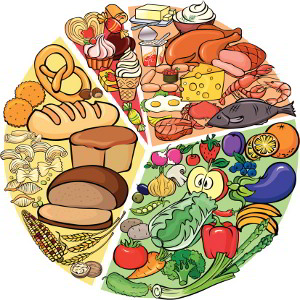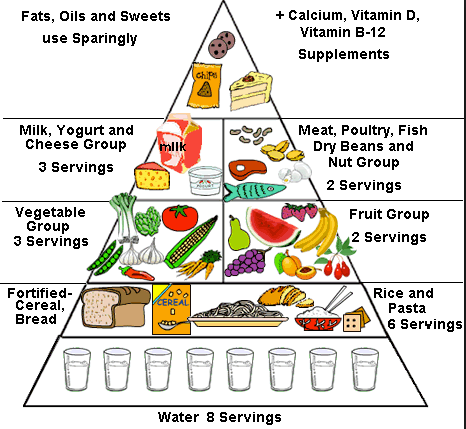Food-based Dietary Guidelines
Many National Governments have developed food-based dietary guidelines. These are short, science-based, positive messages on healthy eating and lifestyles aimed at preventing all forms of malnutrition and keeping people well-nourished and healthy. They embody national nutrition recommendations and express the principles of nutrition education in terms of food. Dietary guidelines translate general nutrient recommendations into contextualized simple information using language and symbols that the public can easily understand, and focus on foods that are commonly consumed, portion sizes, and behaviors1.
Many dietary guidelines have things in common. For example, most promote variety and increased consumption of plant foods, especially vegetables and fruit, as well as reduced intake of solid fats, salt and sugar. But each set of dietary guidelines contains unique features to address the dietary needs of each country’s population.
Target Group and Use
Dietary guidelines apply to all healthy individuals in a society, usually over two years of age. Many countries have also developed pediatric guidelines for children under two years and educational materials for population groups with special nutritional needs, such as pregnant and lactating women and the elderly. In addition, some countries also develop dietary recommendations expressed in scientific terms for policy makers, nutritionists and health care professionals, with quantitative recommendations of nutrients and food components. Dietary guidelines are a tool for nutrition education and behavior change to be used by health providers, teachers, journalists, extension agents, and others working directly with the public to educate individuals and society as a whole about desirable eating patterns and to help them adopt healthy diets and lifestyles. They are meant to provide a basis for national food, nutrition, health and agricultural policies, as well as for the food industry; they should also be part of a country’s strategy to improve food security, food safety, nutrition and health.
Most guidelines include all kinds of education materials and tools for consumers, such as food guides. These are often in the form of food pyramids and food plates, as demonstrated below. Many countries also have an interactive website and other information resources for health and nutrition professionals and consumers
 Source: buzzle.com |
FAO assists Member Countries to develop, revise and implement food-based dietary guidelines and food guides in line with current scientific evidence. More than 100 countries worldwide have developed food-based dietary guidelines that are adapted to their nutrition situation, food availability, culinary cultures and eating habits. More detailed information and examples of dietary guidelines.


